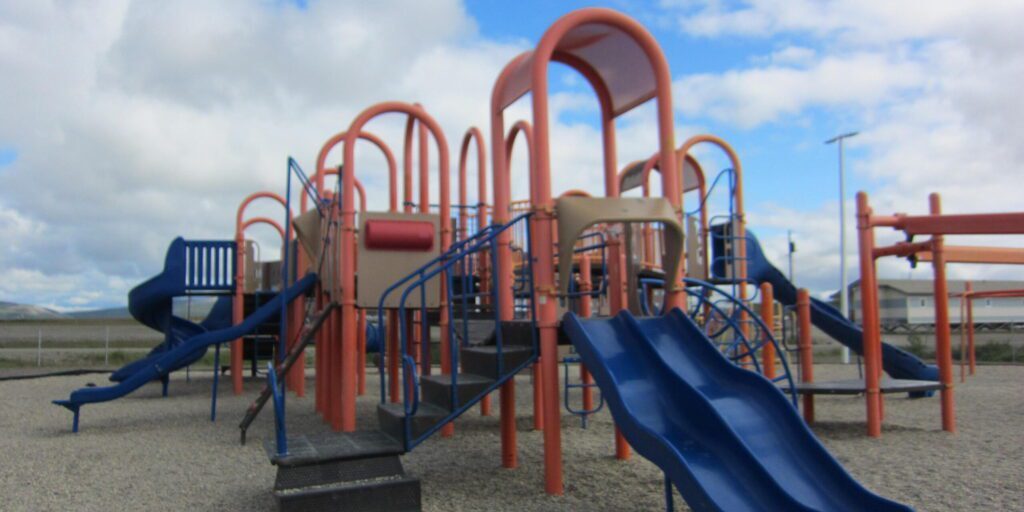Preventing obesity in Alaska’s children today will reduce medical costs in the future, according to a paper released by the Institute of Social and Economic Research at the University of Alaska Anchorage.
“Tackling this issue right now,” said Mouhcine Guettabi, Assistant Professor of Economics at UAA and author of the study, “even that means investing a lot of dollars today, will actually end up being beneficial in the long run.”
The paper was commissioned by the Alaska Department of Health and Social Services to determine if obesity prevention programs—like the one in Nome Public Schools—will save the state money in the future. Karol Fink manages the Alaska Obesity Prevention and Control Program.
Fink summarized, “That’s the main conclusion of the publication is that, yes, you will definitely see a return on investment if you’re able to change childhood obesity prevalence rates.”
The study estimates a one-percent decrease in the obesity rate of six to 11 year olds will save $3.48 million in medical costs over 20 years. For 12 to 19 year olds, savings will top 11 million dollars. And that is using conservative estimates Guettabi said.
According to the paper, 15.2-percent of Alaskans between the ages of two and 19 are obese, resulting in excess medical costs of about seven million dollars annually. As the children age, the medical costs increase. In 20 years, the medical costs incurred by that same group of children is projected to reach $624 million in today’s dollars, again a conservative estimate.
If nothing is done about childhood obesity, Guettabi said it will become a trend repeated in future generations.
“That group of children,” Guettabi said, “obviously is going to age, and then we’re going to have a new group of children that’s going to be in the same situation. And so unless we do something that has long-lasting effects, we’re going to be repeating the cycle.”
To avoid that from happening, the state is investing in school-based obesity prevention programs, focusing on increasing physical activity, improving school nutrition and wellness education. The programs began last year. Eight are ongoing across the state with one in Nome.
Danielle Slingsby is the Executive Director of the Nome Community Center and applied for the grant.
“Our main focus last year,” Slingsby said, “was to, one, get in the schools, see what’s there, see what nutrition standards they have that are being met and in place. So last year was a huge year for just seeing what was there and figuring out what we need to change.”
This year, one of the goals is to collect height and weight measurements from every student in Nome Public Schools.
Commenting on the initiative, Slingsby said, “The height and weight measurements are a biggie, and I know it’s contentious among some parents.”
Slingsby said the measurements are necessary to track the progress of the program, and the instructors have learned methods for taking the numbers, like not letting the students see their measurements and sending the information home to parents and guardians with recommendations on how to improve the child’s wellness.
Those recommendations include efforts like reducing screen time—be it in front of a TV, a computer, a phone, or a video game—as well as increasing physical activity and improving diet.
Slingsby said diet can be the most expensive change to implement. She points to various local and state programs that could offer additional options.
“Now, with the cost of food here,” Slingsby said, “sometimes that [diet change] can be a challenge for some people. But with the benefits of the WIC program, food stamps, and the food bank, you can most likely supplement some of those staples and be able to buy healthier food as well.”
The obesity prevention program is in its second year and is scheduled to run four years.







